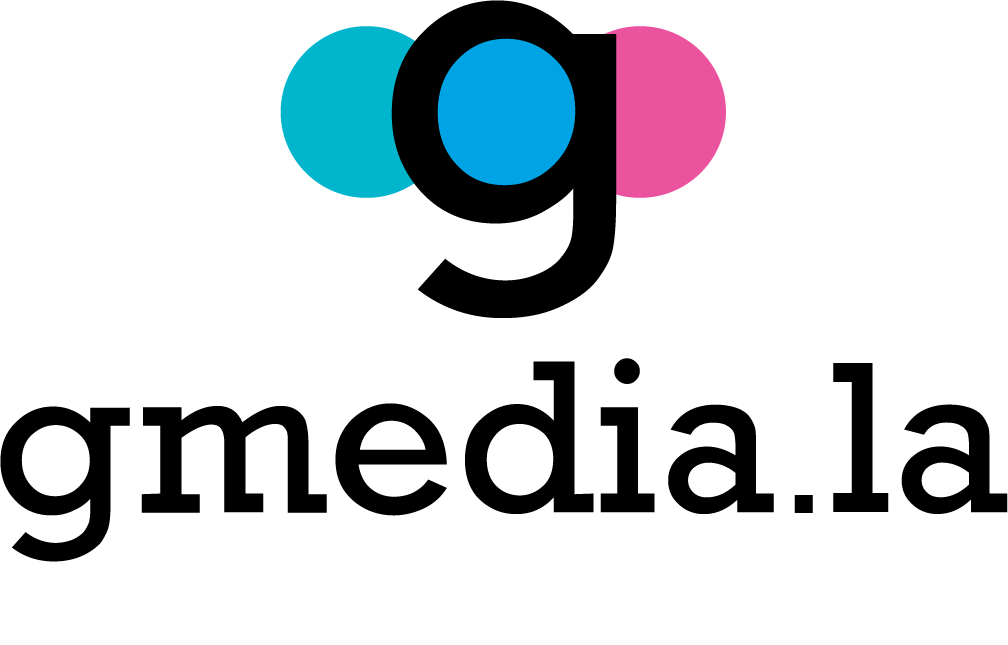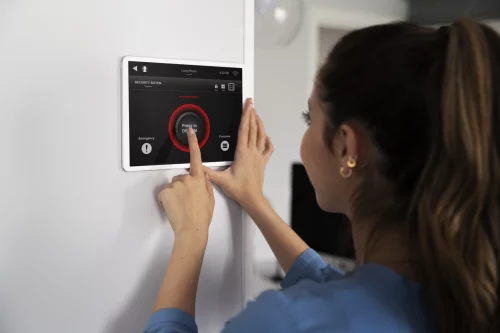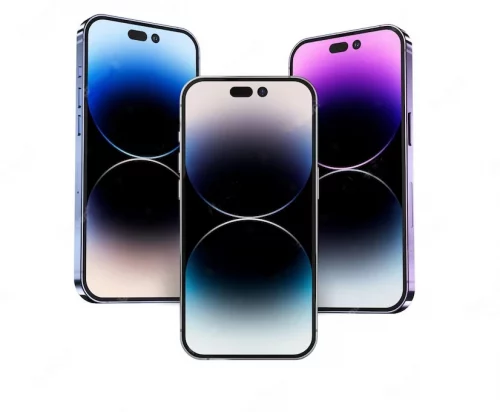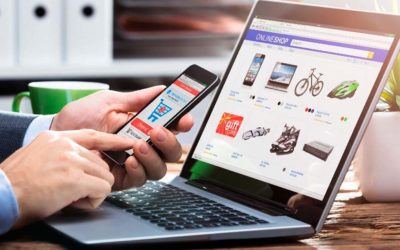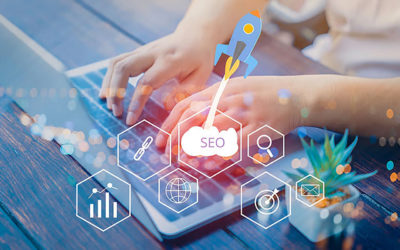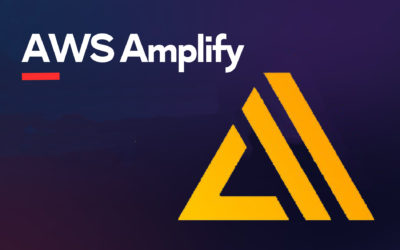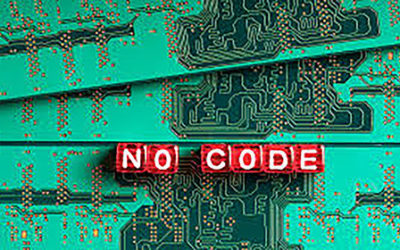Understanding UI and UX in Physical Product Design
The design of physical products has evolved significantly in the modern era, and in this evolution, User Interface (UI) and User Experience (UX) play a critical role. In this article, we will explore the significance of UI and UX in the context of physical product design, highlighting examples and success stories that exemplify their influence and how they can influence user satisfaction.
What are UI and UX in Physical Product Design?
Before delving into examples and success stories, it is essential to understand what User Interface (UI) and User Experience (UX) represent in the design of physical products.
UI refers to the way users interact with a product. It includes visual and functional elements, such as buttons, screens, controls, and component layouts, that allow users to operate and communicate with the physical product.
UX, on the other hand, is a more holistic experience. It encompasses the user’s overall satisfaction when interacting with the physical product. This includes ease of use, efficiency, emotions, and the overall impression the product leaves on the user.
Why UI and UX are Crucial in Physical Products
Improved Ease of Use
A well-designed UI on a physical product ensures that users can interact intuitively. For example, the controls on a digital camera should be easy to understand, allowing users to effortlessly capture moments.
Increased Customer Satisfaction
A positive user experience with a physical product can lead to customer loyalty and word-of-mouth promotion. When users have a smooth and enjoyable experience, they are more likely to recommend the product to friends and family.
Greater efficiency
Well thought out UI and UX can make a physical product more efficient to use. For example, a kitchen appliance with an intuitive user interface can reduce the time users spend cooking and cleaning, resulting in greater efficiency in daily life.
Featured UI and UX Examples in Physical Products
Next, we will analyze some examples of physical products that have stood out in terms of UI and UX:
Tesla Model S
The Tesla Model S is a car that has revolutionized the automotive industry with its focus on electrification and advanced UI. The large central touchscreen and intuitive operating system allow drivers to control almost every aspect of the car simply and effectively.
Featured Features:
- 15-inch control screen.
- Software updates in real time.
- Improved autonomous driving.
Nest Thermostat
The Nest thermostat is an example of how UI and UX can improve an everyday product. Its minimalist design and the ability to control temperature remotely via a mobile app give users greater control and comfort in their home environment.
Success Stories That Define the Future
Apple iPhone
Apple’s iPhone is an icon of UI and UX excellence in the technology world. Since its initial launch, Apple has prioritized simplicity, aesthetics, and ease of use, setting a standard for the smartphone industry.
Featured Features:
- Multi-touch touch screen.
- Instantly recognizable app icons.
- Slim and portable design.
Dyson V11 Vacuum
The Dyson V11 vacuum cleaner is an example in the world of household appliances. Its LCD screen and ergonomic design make cleaning easier, giving users a superior experience when vacuuming their homes.
Featured Features:
- Controlled airflow technology.
- Less noise and vibration.
- Fast and smooth drying results.
Conclusion
UI and UX are critical elements in physical product design that can significantly improve users’ quality of life and brand perception. The examples and success stories mentioned highlight how meticulous attention to these aspects can elevate the user experience and differentiate a product in the highly competitive market.
Invest in excellence and make a difference!
If you are looking for the perfect team to help you develop an effective website, we are also here to help you. Also, Contact us today to learn more about our Virtual Store Design services.
